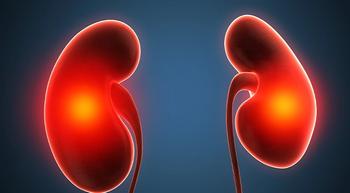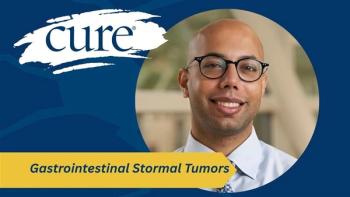
Exercise Reduces Fatigue, Physical Well-Being Among Patients With Advanced Lung Cancer
Many patients with lung cancer may experience side effects, such as fatigue and shortness of breath, that can prevent them from exercising. However, for the first time, new research findings showed benefits from exercise in those with advanced disease.
Many patients with lung cancer may experience side effects, such as fatigue and shortness of breath, that can prevent them from exercising. However, for the first time, new research findings showed benefits from exercise in those with advanced disease.
Two studies presented at the European Society for Medical Oncology (ESMO) 2018 Congress in Munich, Germany, examined barriers to physical activity in patients with lung cancer and the effects it has in people with advanced or metastatic disease who receive palliative care.
In the first study, researchers from Australia had 41 participants complete a 36-question survey between January and March 2017. All participants were diagnosed with lung cancer — the majority (88.4 percent) with advanced disease — and all had received at least one cycle of chemotherapy.
Activity levels were based on the World Health Organization (WHO) recommended levels of 150 minutes of moderate-intensity or 75 minutes of
Based on the WHO recommended levels, only 22 percent of participants were considered active; however, 25 percent of respondents said they were, according to the questionnaire. Reported barriers to exercise included fatigue (68 percent), shortness of breath (61 percent), low mood (58 percent), no motivation (56 percent), pain (54 percent) and side effects from treatment (54 percent). Compared with those who were active, less active people reported having less social support and more fatigue.
“We need to break down the barriers that are stopping patients from exercising, for example, by treating the anemia that may be causing their fatigue,” study author Quan Tran, B.S., M.S., M.B.B.S., FRACP, a medical oncologist at the Cancer Care Centre, St Stephen's Hospital in Urraween, Australia, said in a press release. In addition, 54 percent of participants reported lack of awareness surrounding the benefits of exercise.
But a second study, conducted by researchers in Germany and the United States, found that patients with advanced or metastatic lung cancer who participated in regular aerobic and muscle strengthening exercises improved their symptom scores by about 10 percent during chemotherapy.
“Patients who exercised also felt more independent and needed less help with daily activities, and our research suggested that they may be able to have more and longer chemotherapy which, in turn, may result in better tumor control,” study author Joachim Wiskemann, Ph.D., an exercise physiologist and sports psychologist at the National Center for Tumor Diseases and Heidelberg University Hospital in Germany, said in a press release.
The study included 227 patients who were assigned to either weekly care management phone calls or 24 weeks of partly-supervised combined resistance and aerobic training three times a week for up to 45 minutes, along with weekly care management phone calls. At the 12-week mark, no significant effects of exercise on physical well-being and general fatigue were found, according to researchers.
However, those who completed at least 70 percent of the exercise sessions saw significant benefits. For instance, in the combined exercise group, fatigue scores improved by 10 percent compared with 2 percent in the care management phone call alone group; functional well-being by 11 percent (vs. 3 percent); and
“In the past, we have assumed that only the healthiest and fittest patients with cancer could exercise, but our study has shown this is not true and that those with advanced disease can benefit too,” Wiskemann said. “We must now be flexible in the way we offer exercise, so patients can do it wherever they are most comfortable — at home, in a class at the hospital or in a gym.”





